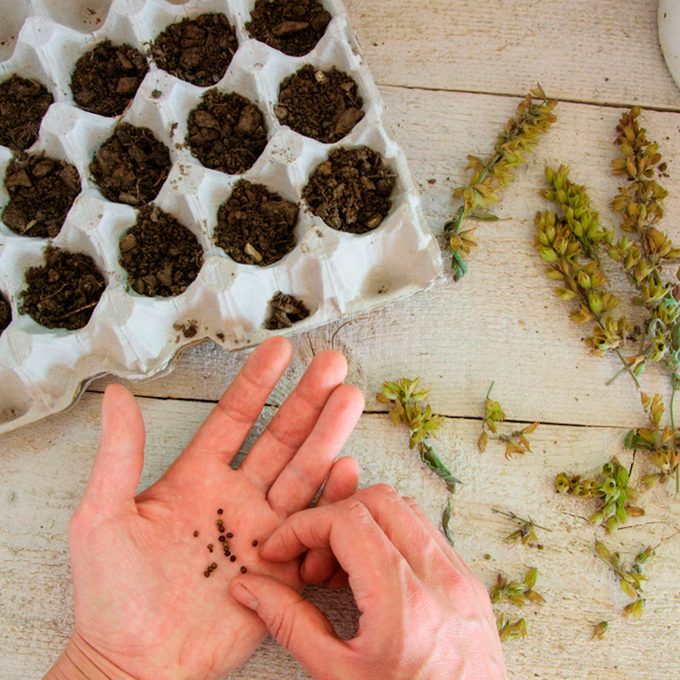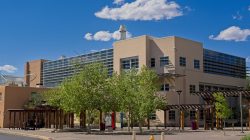Tips for Growing Plants from Seed
Growing plants from seed can be a rewarding and cost-effective way to start your garden. However, it requires careful planning and attention to detail. Here are some essential tips to help you succeed.
Order Seeds Early
One of the most important aspects of growing plants from seeds is timing. Seed companies often experience high demand during winter and early spring, as they operate on a first-come, first-served basis. To ensure you get the best selection, it’s wise to order your seeds early. Alternatively, you can collect and store seeds from your own garden for future planting.
Create the Right Environment
When starting seeds indoors, it’s crucial to provide them with a suitable environment. Choose an area that is away from household traffic to avoid disturbing the seeds. The location should be warm and free from cold drafts, which can negatively affect the growth process.
Use Heat Sources
To keep your seedlings warm, consider placing your seed containers on top of a radiator, provided the heat isn’t too intense and remains consistent. Another option is the top of a refrigerator, which typically generates enough warmth to encourage sprouting.
Provide Adequate Light
Seedlings require between 12 and 16 hours of light per day. Artificial fluorescent light is ideal for this purpose. Using a timer can help regulate the amount of light your seedlings receive. Additionally, smart grow lights with built-in timers are a convenient alternative.
Avoid Over-Sowing
Sowing too many seeds can lead to overcrowding, making it difficult to thin out the seedlings without causing damage. When using flats, create small furrows and space seeds up to an inch apart. For smaller seeds, you can place them closer together.
Keep Soil Moist
Maintaining consistent moisture is key to healthy seedling growth. Cover the flat loosely with plastic to retain moisture. Some gardeners prefer bottom watering, where you set the container in a few inches of water (in a sink or tray) and allow it to absorb the water it needs. You can also build a DIY self-watering system for your garden.
Prune Weak Seedlings
Once the first true leaves appear, use sharp scissors to snip off weaker seedlings at soil level. This allows the remaining seedlings to have better air circulation and access to nutrients, promoting healthier growth.
Fertilize Regularly
Fertilize developing seedlings with a diluted, half-strength flowering houseplant fertilizer every week or so until you begin hardening them off for outdoor planting. Proper fertilization leads to stronger, more resilient plants.
Gradually Increase Light Exposure
After seedlings are well-rooted, begin the hardening-off process two weeks before moving them outdoors. Place pots and flats in a sheltered area, such as under a tree or on a porch, and gradually increase their exposure to light over a week. Bring them inside or cover them if frost is expected.
Check Soil Conditions
Before planting seeds or seedlings outdoors, check the soil condition. Take a handful of soil and squeeze it. If it’s wet and soggy, wait for it to dry slightly. If it crumbles in your hand, it’s ready for planting.
Frequently Asked Questions
What are the best plants to grow from seed?
The best plants to grow from seed include those that transplant poorly or grow quickly. These include root vegetables like carrots and radishes, leafy greens such as lettuce and spinach, herbs like basil and cilantro, and many annual flowers such as zinnias and sunflowers.
When should I plant seeds?
The timing for planting seeds depends on your local climate and the specific needs of the plant. Cool-season crops like peas, kale, and broccoli should be started in late winter to early spring or late summer for a fall harvest. Warm-season crops like tomatoes, peppers, and squash do best when planted after the last frost.
About the Expert
Sara Rubens is the founder of Seed to Sanctuary, a garden company based in North Carolina. The company specializes in creating year-round food sanctuaries and offers custom garden designs to help clients grow their own food with confidence.







